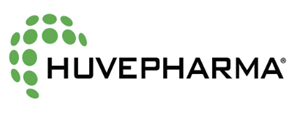Salmonella Infantis, an emerging human multidrug-resistant pathogen
Salmonella enterica serovar Infantis poses an ever-growing threat to public health due to its widespread presence across many countries and its association with high levels of antimicrobial resistance (AMR). A 167% increase in human infections was observed in the United States during 2001–2016, and in European Union member states, Infantis is the predominant serovar isolated from broiler flocks and broiler meat, accounting for 56.7% of Salmonella isolates from broiler meat in 2018. A recent study analyzed the whole-genome sequences of 5,284 Salmonella Infantis strains from 74 countries, which were isolated during the period of 1989-2020 from a diverse range of human, animal, and food sources. The study aimed to compare genetic phylogeny, AMR determinants, and the presence of plasmids.
The global population structure of Salmonella Infantis diverged into three clusters: a North American cluster, a European cluster, and a global cluster. The levels of AMR varied among the Salmonella Infantis clusters and according to the source of isolation. Notably, 73% of poultry isolates exhibited multidrug resistance, whereas this was observed in only 35% of human isolates. This discrepancy was found to correlate with the presence of the pESI megaplasmid; 71% of poultry isolates contained pESI, compared to 32% of human isolates.
This study offers critical insights for public health teams involved in efforts to curtail the spread of this pathogen.










